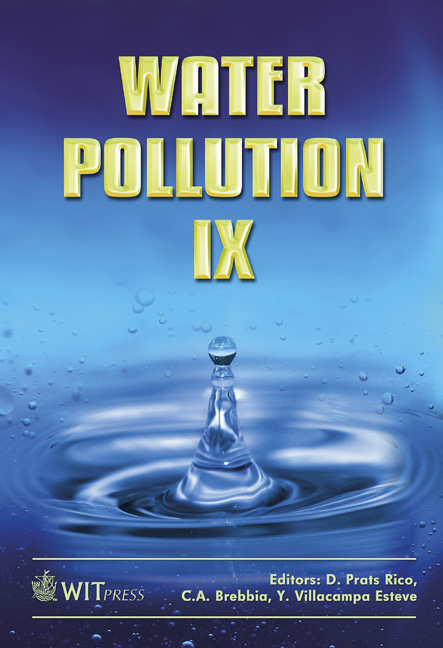Degradation Of Chlorinated Butenes And Butadienes By Granular Iron
Price
Free (open access)
Transaction
Volume
111
Pages
10
Page Range
295 - 304
Published
2008
Size
364 kb
Paper DOI
10.2495/WP080291
Copyright
WIT Press
Author(s)
R. E. Hughes, R. W. Gillham & L. Gui
Abstract
Sites where chlorobutyl rubber is produced have the potential to release a mixture of chlorinated butenes and butadienes, which are known to be toxic and persistent, into the groundwater environment. The potential contaminants include trans-1,4-dichlorobutene-2 (1,4-DCB-2), 3,4-dichlorobutene-1 (3,4-DCB-1), 2,3,4-trichlorobutene-1 (2,3,4-TCB-1), 2-chlorobutadiene-1,3 (chloroprene) and 2,3-dichlorobutadiene-1,3 (DCBD). Granular iron has been shown to reductively dechlorinate a number of compounds and has been used in permeable reactive barriers (PRBs) for in-situ groundwater remediation. To evaluate the possibility of using granular iron for the remediation of the above contaminants, a series of batch experiments were conducted. Results show that dechlorination reactions for chlorinated butenes closely followed pseudo-first-order kinetics with normalized half-lives ranging from 5.1 to 7.5 h. Chlorinated butadienes degraded much slower in batch tests with normalized half-lives ranging from 38.8 to 128 h. Chlorine mass balance calculations showed that 1,4-DCB-2, 3,4-DCB-1 and chloroprene were fully dechlorinated by granular iron. 2,3,4-TCB-1 was transformed to chloroprene as an intermediate via a reductive β-elimination pathway. Neither the presence of CaCO3 nor temperature affected degradation rates suggesting that mass transport to iron surfaces was limiting degradation in batch tests. A column experiment was conducted on 3,4-DCB-1 and a normalized half-life of 1.6 min was found. Faster degradation in the column was thought to be due to enhanced mixing effects. 3,4-DCB-1 was converted to 1,3- butadiene via reductive β-elimination, which was then converted to a mixture of 1-butene, cis-2-butene and trans-2-butene via catalytic hydrogenation. Keywords: chlorinated contaminants, granular iron, groundwater remediation, degradation pathways, chlorobutyl contamination.
Keywords
chlorinated contaminants, granular iron, groundwater remediation, degradation pathways, chlorobutyl contamination.





